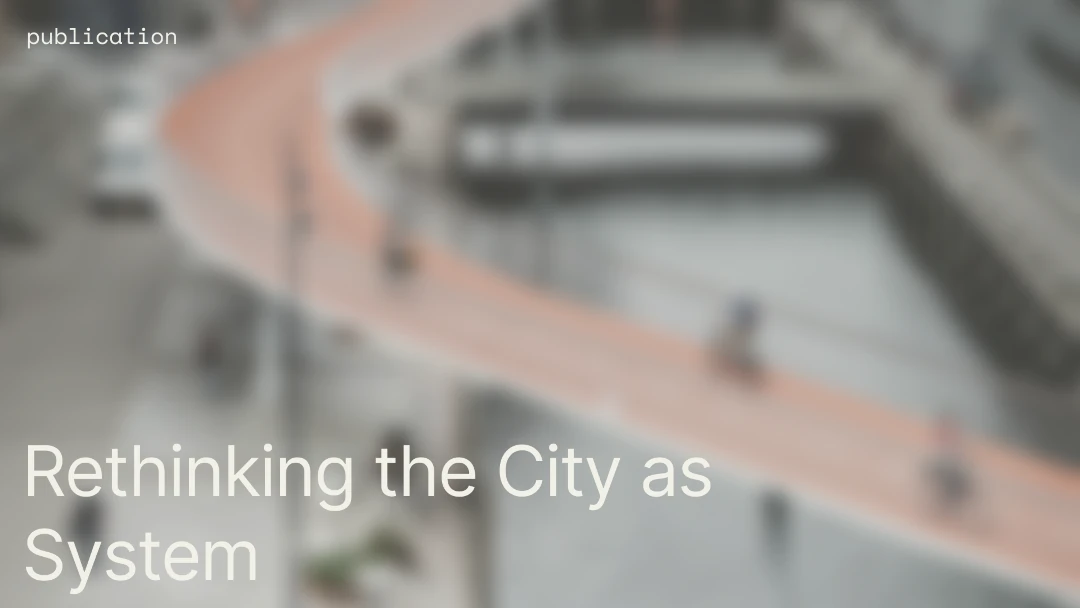
About
Katrine has worked in Architecture for 20+ years, having a lot of hands-on experience across the entire building process. During her time at BIG (Bjarke Ingels Group) she was leading certifications and LCA strategies. Today, Katrine is at Henning Larsen CPH where she is leading and expanding the focus on decarbonisation in the early design phases and supporting the global design teams as well as leading the LCA team. She has a strong interest in holistic sustainability, especially when looking at materials, the chemicals within them, as well as their emission footprint. She also sits on the board of Architects Declare DK.
Over the years you have obviously worn different hats and worked on different projects, naturally you have evolved into the sustainability field, what drives you the most?
I am driven by optimising the work process that delivers sustainable architecture. As a normal project lead today you have to think not only about: What do we build with? How will it be built on site? Is it possible to maintain it over the years? You also have to think about whether you can disassemble the buildings at the end of life and which materials with the lowest emissions can be built with on the site. I have been working a lot with a focus on material choices. I want the building industry to have declarations on all building materials, just like what we have for our food and cosmetics. I want us to know what our buildings are made of.
You briefly touched upon a very clear challenge, what else do you see as the biggest barriers today, when it comes to building more sustainably?
I think that people need to understand that what we emit right now is important. When we build a building, we have to consider materials that right now don't emit and then build buildings that are relevant for longer than 50 years! I do hope that the end of life scenarios we see now will change so they are no longer “landfill” or “burn it” scenarios. We need to find ways to choose the right materials from the start for the functionality we need, and this is the challenge.
We all know that the regulation of 12 kg per square metre in Denmark is not ambitious enough, it's more like doing business as usual. But we need to see it as a first step, as people get aware of their footprint and material use. And then this limit should be reduced every year (maybe even further than the regulation requires now). Of course, we should have done this five years ago. It still needs to be pushed but it seems ready today.
Given the market readiness today, do you think that the standardisation of the LCA process and streamlining of data is helping?
Yes I think it would be wonderful if we had a standard LCA method and streamlined EPD's, because then we would be able to measure projects up against each other across borders. Streamlined EPD's are the basis for all this. I think a lot of people actually aren't aware of all this yet. They don't even know what an EPD is. There is a lot of awareness about the carbon footprint of buildings, but no awareness of where the data come from. The data in the EPD's is also a victim of politics. My biggest wish would be to have data that is just data.
As you mentioned of course we need data and this data should be as neutral as possible, so how do we really move towards more bio based and regenerative materials?
I think we are lucky in Denmark to have regulations and awareness that are demanding a max. Co2 number pr/m2/y on new build. Ideally this should expand to other countries as well. I hope that the EU Taxonomy will strengthen this. When I think 10-15 years back, there was a kind of childish competition of: “my building is bigger than your building.” The bigger the better. Now we’re moving towards “my building has lower emissions than yours,” and it’s a good change. The race has begun...join it!
In Henning Larsen our transformation department is currently focused on transforming what we call “ugly ducklings”. Because buildings from the 80s are being torn down simply because they aren’t “beautiful” enough to save. We try to come up with suggestions on how we can adapt them or how the materials from these buildings can be reused elsewhere. It's possible to have an impact if you make an effort.
If we want to live up to the Paris Agreement, then we should stay below 3 kg CO2 of CO2 per square metre per year. And if we want to move beyond neutrality and reach what we call “regenerative,” then we need to be below the 0.4. However, no one has managed to do that yet. It is a task which requires transparency and knowledge sharing to be able to move towards more sustainable practices.
What is your vision for 2030?
First of all, pure data. I would love that by 2025 all building products in Denmark have environmental product data (EPD) available. And by 2030 we should have found a way to build all buildings under 3 kg of CO2 per square metre.
Do you have any advice for the reader, anything someone can start doing today in your opinion?
Share knowledge. Whatever it is. Whether it's about how to use biogenic materials for a building project or how to build at larger scales with them, or anything that can help others progress. Share your learnings with everyone!




























